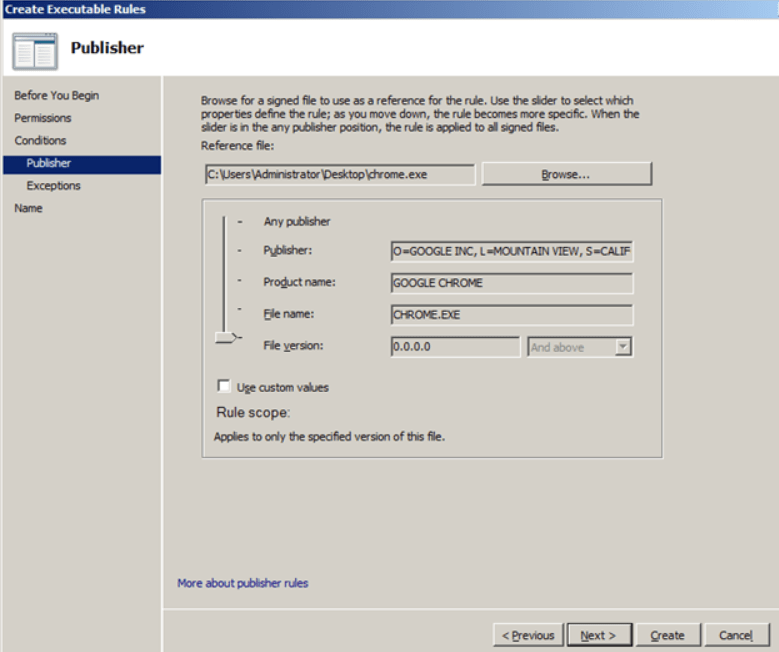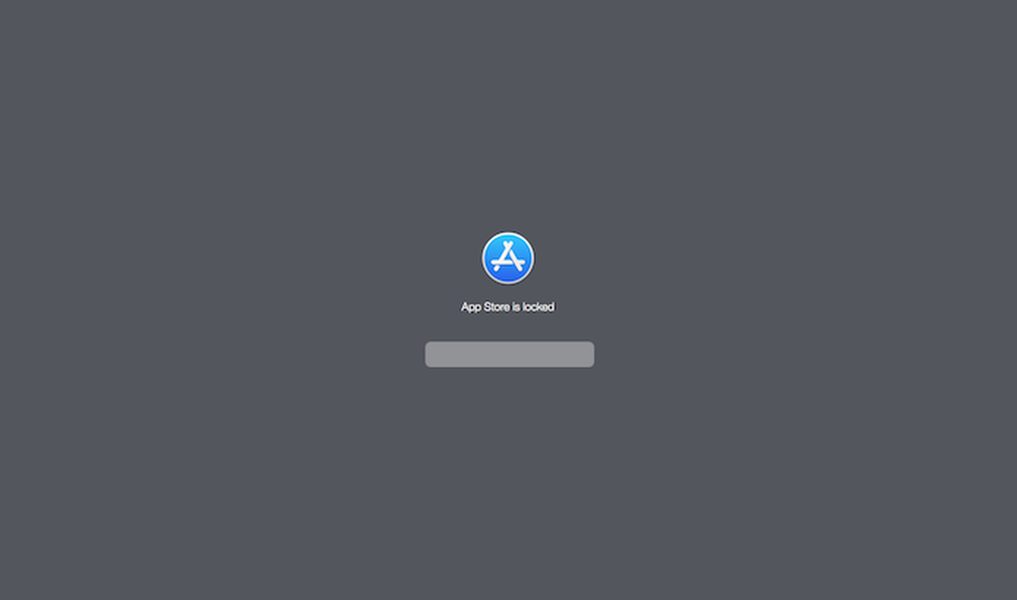
- #Applocker how to#
- #Applocker for windows 10#
- #Applocker windows 10#
- #Applocker software#
If you want an alternate method to enable or disable PowerShell scripts, however, you may want to check our PowerShell Execution Policy guide.
#Applocker software#
You can now take this knowledge and apply it to many other policies in AppLocker, from software restrictions to the executables users can run. With that, you should have a good idea of how you can block a script using AppLocker for Windows 10.
#Applocker how to#
How to Enable/Disable PowerShell Scripts via Execution Policy or Disable PowerShell Entirely Once you're done, you can close the Local Security Policy window. You can repeat this process as many times as you like to add rules for new user groups and different scripts to further lock down your security.
View and test your new rules in the “Script” rules folder.  Enter an identifying name and description and press “Create”. Add an exception or click “Next” on the exceptions screen. Select your folder from the list and press “OK”. OR: Click “Browse Folders…” to block all scripts in a folder. Navigate to the script you want to block and press “Open”. Click on “Browse Files…” to block a specific script. Which you choose will naturally depend on the user or group you have selected and your purpose. Select “Allow” or “Deny” under the “Action:” heading and press “Next”. Select your user or group and press “OK”. Press “Find Now” to return a list of users and groups. Click “Advanced…” in the “Select User or Group” window. Specify a user or group by clicking “Select…”Īlternatively, you can leave it as it is to apply the rule to everyone and skip the next few steps. Press “Next” on the “Before You Begin screen”. To create a new rule, right-click the “Script Rules” icon again and click “Create New Rule…”. There should be three allow rules: All scripts located in the Windows folder, All Scripts located in the Program Files folder, and All Scripts (for admin users).
Enter an identifying name and description and press “Create”. Add an exception or click “Next” on the exceptions screen. Select your folder from the list and press “OK”. OR: Click “Browse Folders…” to block all scripts in a folder. Navigate to the script you want to block and press “Open”. Click on “Browse Files…” to block a specific script. Which you choose will naturally depend on the user or group you have selected and your purpose. Select “Allow” or “Deny” under the “Action:” heading and press “Next”. Select your user or group and press “OK”. Press “Find Now” to return a list of users and groups. Click “Advanced…” in the “Select User or Group” window. Specify a user or group by clicking “Select…”Īlternatively, you can leave it as it is to apply the rule to everyone and skip the next few steps. Press “Next” on the “Before You Begin screen”. To create a new rule, right-click the “Script Rules” icon again and click “Create New Rule…”. There should be three allow rules: All scripts located in the Windows folder, All Scripts located in the Program Files folder, and All Scripts (for admin users).  Check for the default rules in your main pane. Create new default rules for your scriptsīack in the main Local Security Policy app, expand “AppLocker” in your sidebar, right-click “Script Rules”, and select “Create Default Rules”. In the AppLocker Properties window, tick “Script rules > Configured” and press “OK”. Specifically, you'll find the option by expanding the “Application Control Policies” folder in the sidebar, clicking on “AppLocker” below it, then pressing “Configure rule enforcement” in the main pane. Configure AppLocker rule enforcement via the Application Control Policies Folder. To ensure the application identity service is running and set to automatic, you can run the following command: sc config "AppIDSvc" start=auto & net start "AppIDSvc" Press the Start button and type “Command Prompt”, then click “Run as administrator” on the right-hand side.
Check for the default rules in your main pane. Create new default rules for your scriptsīack in the main Local Security Policy app, expand “AppLocker” in your sidebar, right-click “Script Rules”, and select “Create Default Rules”. In the AppLocker Properties window, tick “Script rules > Configured” and press “OK”. Specifically, you'll find the option by expanding the “Application Control Policies” folder in the sidebar, clicking on “AppLocker” below it, then pressing “Configure rule enforcement” in the main pane. Configure AppLocker rule enforcement via the Application Control Policies Folder. To ensure the application identity service is running and set to automatic, you can run the following command: sc config "AppIDSvc" start=auto & net start "AppIDSvc" Press the Start button and type “Command Prompt”, then click “Run as administrator” on the right-hand side. #Applocker windows 10#
Here's how you can enable it and then block scripts using Windows 10 AppLocker

Without this service, AppLocker will be unable to enforce any rules you define and therefore be essentially useless. Heer's how you can configure AppLocker to do so in Windows 10: How to Configure AppLocker to Allow or Block Script Files from Running in Windows 10īefore we start adding rules, we need to make sure the application identify service is enabled and set to automatically start.

You can, for example, block scripts for all general users, but allow them for admins. To block a script file with Windows 10 AppLocker, you must define a new rule to deny it for a user or group. It provides a simple interface to block an application from running based on a series of rules.
#Applocker for windows 10#
As a result, today we'll be showing you how to use AppLocker to block script files from running in Windows 10.ĪppLocker is a built-in tool for Windows 10 Enterprise and Education that lets IT professionals define the apps and file types users can or cannot run. The truth is that in a day-to-day work environment there are many applications and file types that employees don't need, but present a significant risk.
2 How to Enable/Disable PowerShell Scripts via Execution Policy or Disable PowerShell EntirelyĪs an admin, it's important to have the tools to control the apps and files users can run. 1 How to Configure AppLocker to Allow or Block Script Files from Running in Windows 10.








 0 kommentar(er)
0 kommentar(er)
